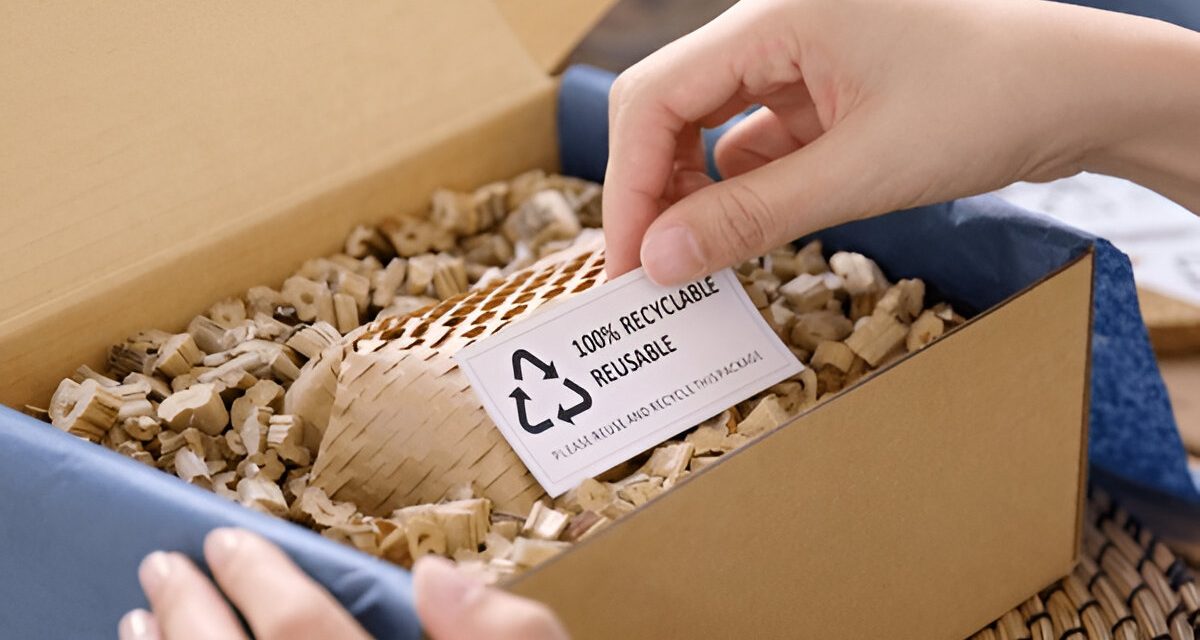Living a zero-waste lifestyle means consciously reducing the amount of garbage you produce and aiming to send nothing to landfills or incinerators. While achieving absolute zero waste is challenging, the goal is about progress, not perfection. For Canadians, transitioning to a zero-waste lifestyle not only helps reduce environmental impact but also aligns with the country’s growing commitment to sustainability and circular economy principles.
In this blog, we’ll explore practical tips tailored for Canadians who want to reduce their waste footprint and live more sustainably.
Why Go Zero-Waste? (H2)
Canada produces more waste per capita than almost any other developed country—up to 2.7 kg per person per day. A large portion of this waste ends up in landfills or the environment, where it contributes to pollution, habitat destruction, and greenhouse gas emissions.
By adopting a zero-waste lifestyle, you can:
- Reduce your environmental impact
- Save money in the long run
- Support local economies and sustainable businesses
- Create a healthier living environment
The 5 R’s of Zero-Waste
Before we dive into specific tips, it’s important to understand the 5 R’s that guide the zero-waste philosophy:
- Refuse what you do not need.
- Reduce what you do need.
- Reuse what you already have.
- Recycle what you cannot refuse, reduce, or reuse.
- Rot (compost) the rest.
This hierarchy helps prioritize actions that have the greatest environmental benefit.
1. Refuse: Say No to Waste
Ditch Single-Use Plastics
In Canada, single-use plastic bans are being phased in, but items like plastic cutlery, straws, and bags still slip through. Refuse them by:
- Carrying reusable straws and cutlery
- Bringing your own shopping bags and containers
- Avoiding plastic-wrapped produce when possible
Unsubscribe from Junk Mail
Canada Post still delivers significant volumes of unsolicited mail. Place a “No Junk Mail” sign on your mailbox or opt out online via Canada Post’s Consumer Choice Program.
2. Reduce: Buy Less, Choose Wisely
Shop Local and Seasonal
Support local farmers by buying fresh, seasonal produce at your neighbourhood farmer’s market. This reduces the carbon footprint of your food and often means less packaging.
Shopping local also ties into urban development trends that emphasize green, livable cities. Learn more in our post:
➡️ Green Spaces & Smart Tech: What’s Driving Trending Urban Development Today?
Embrace Minimalism
Buy only what you truly need. Avoid impulse purchases by following a “24-hour rule” before making non-essential buys. Thrift stores, Buy Nothing groups, and online platforms like Facebook Marketplace are excellent for finding secondhand items.
3. Reuse: Make Things Last
Invest in Reusables
In Canadian households, switching to reusable alternatives can make a big difference. Consider:
- Cloth napkins instead of paper towels
- Reusable water bottles and coffee mugs
- Beeswax wraps instead of plastic wrap
- Refillable cleaning and toiletry products
Repair and Upcycle
Got a torn sweater or a broken appliance? Before tossing it, check for local repair cafés, community tool libraries, or how-to guides on YouTube. Many Canadian cities now host fix-it events or workshops to encourage repair culture.
4. Recycle: Do It Right
Know Your Municipality’s Rules
Recycling programs vary widely across Canada. Halifax, Vancouver, and Toronto, for instance, have different rules about what’s recyclable and how it should be sorted. Always check your local guidelines on your municipality’s website or apps like Recycle Coach.
TerraCycle and Beyon
For items that are not accepted in curbside recycling—like pens, toothbrushes, or snack wrappers—consider using specialized programs such as TerraCycle or local drop-off locations at stores like London Drugs or Staples.
5. Rot: Compost Your Organic Waste
Use Your Green Bin
Most Canadian cities and towns offer green bin programs for composting food scraps and yard waste. Participation reduces methane emissions from landfills and creates nutrient-rich soil.
Backyard Composting
If your area lacks a composting program, consider starting a backyard compost bin. Cold Canadian winters can be challenging, but using insulated or rotating bins can keep things going year-round.
Bokashi and Vermicomposting
Apartment dwellers or those in colder climates might try Bokashi composting (a fermentation method) or vermicomposting (using worms). These methods are compact, smell-free, and efficient for small spaces.
Bonus: Digital Waste Counts Too
Reducing digital clutter can also be part of a zero-waste lifestyle:
- Unsubscribe from unwanted emails (they use energy to send/store!)
- Back up and delete old files
- Recycle old electronics properly—look for e-waste collection events or drop-off bins at Best Buy or Staples Canada
Community Support and Local Resources
You don’t have to go it alone. Across Canada, there are zero-waste communities, online groups, and businesses that support sustainable living.
Great Resources to Explore:
- Zero Waste Canada: National organization advocating for zero-waste policies and education
- Local zero-waste stores: Many cities have bulk or refill shops like Nugrocery (Ottawa), Nada (Vancouver), or The Green Jar (Toronto)
- Library of Things: Borrow tools, gadgets, and appliances instead of buying them
- Buy Nothing Project: A gift economy group to share and exchange within your local community
Sustainable Eating and Cultural Diversity
Food plays a major role in sustainable living. Exploring Canada’s multicultural food scene can help you discover local, traditional, and often low-waste cooking practices from around the world. Dive into our culinary journey:
➡️ A Taste of Diversity: Exploring Canada’s Multicultural Food Scene
Final Thoughts
Transitioning to a zero-waste lifestyle in Canada doesn’t have to be overwhelming. Start small—maybe with a reusable mug or by composting kitchen scraps—and build from there. Remember, the goal isn’t perfection, but conscious choices that reduce harm and improve our relationship with the planet.
Whether you live in a bustling city or a rural community, every action adds up. Let’s move toward a cleaner, greener, and more sustainable Canada—one step (and one less plastic bag) at a time.











